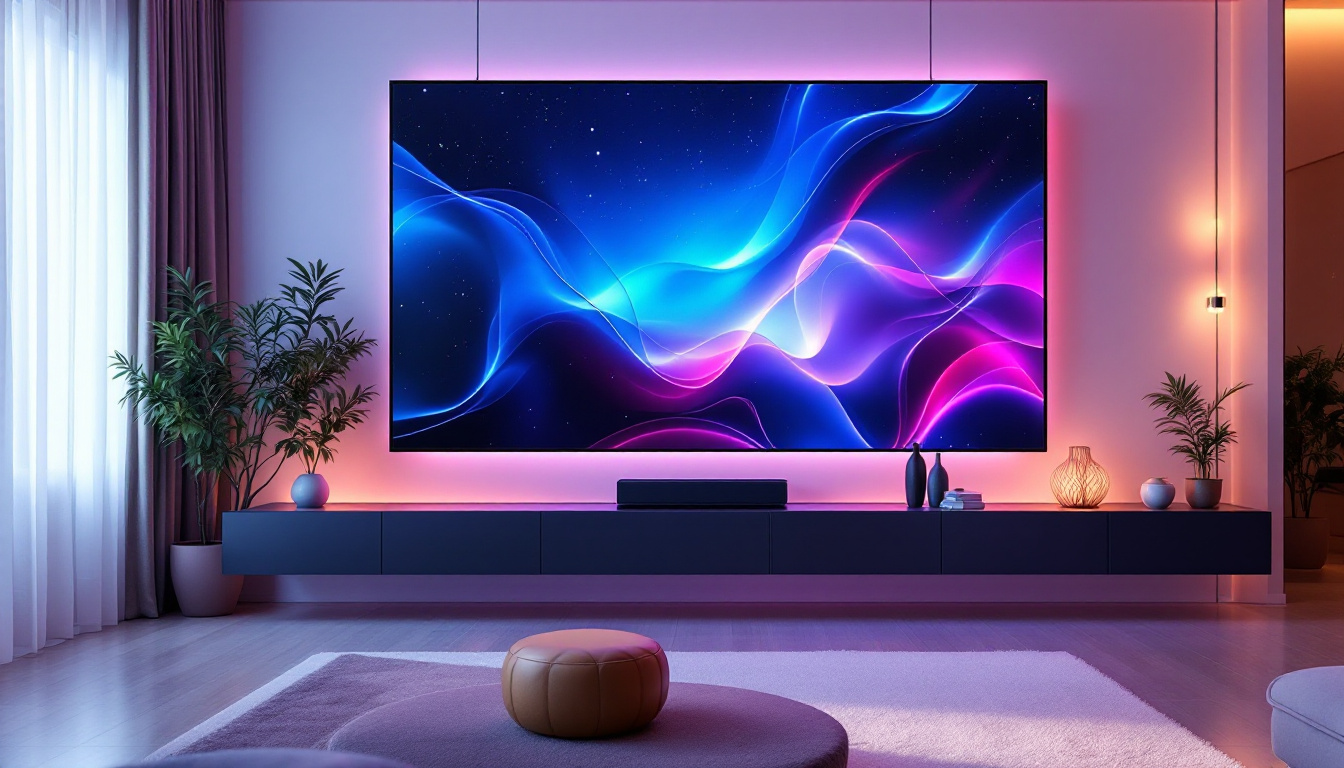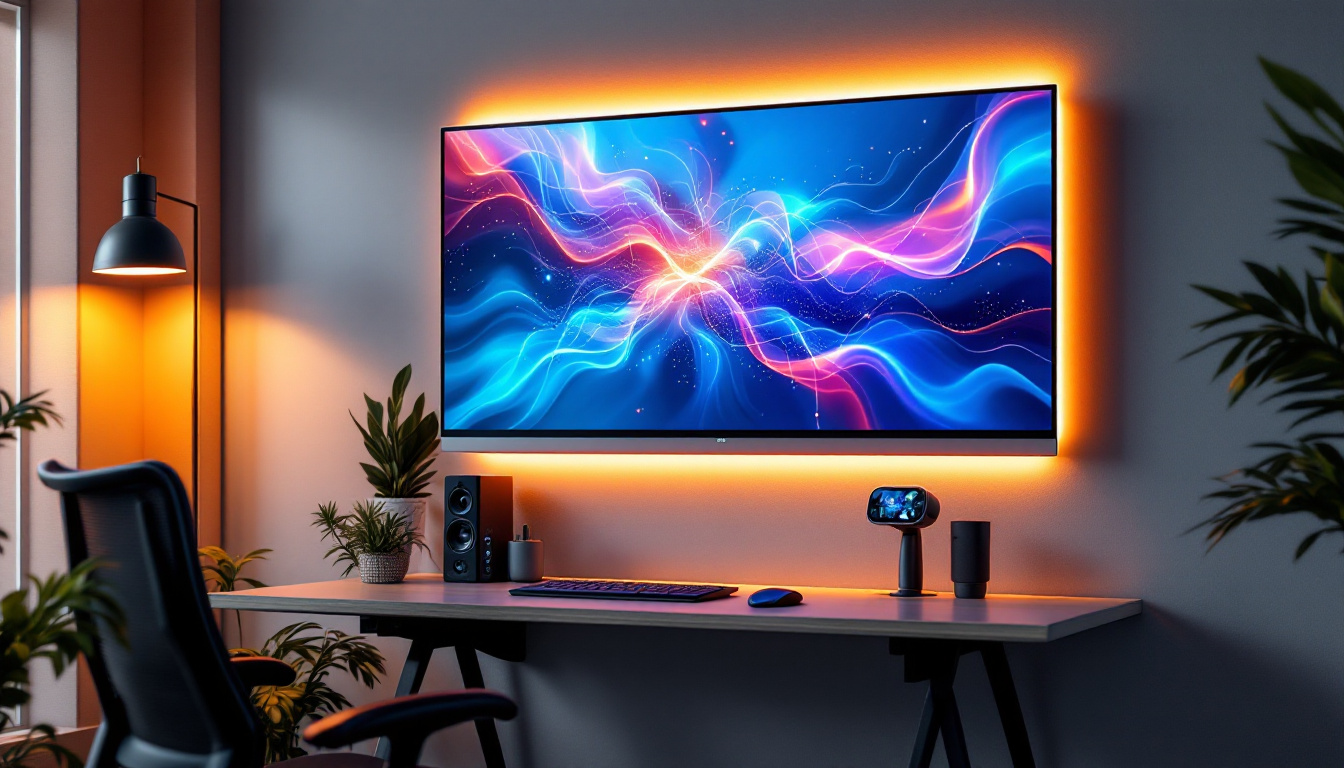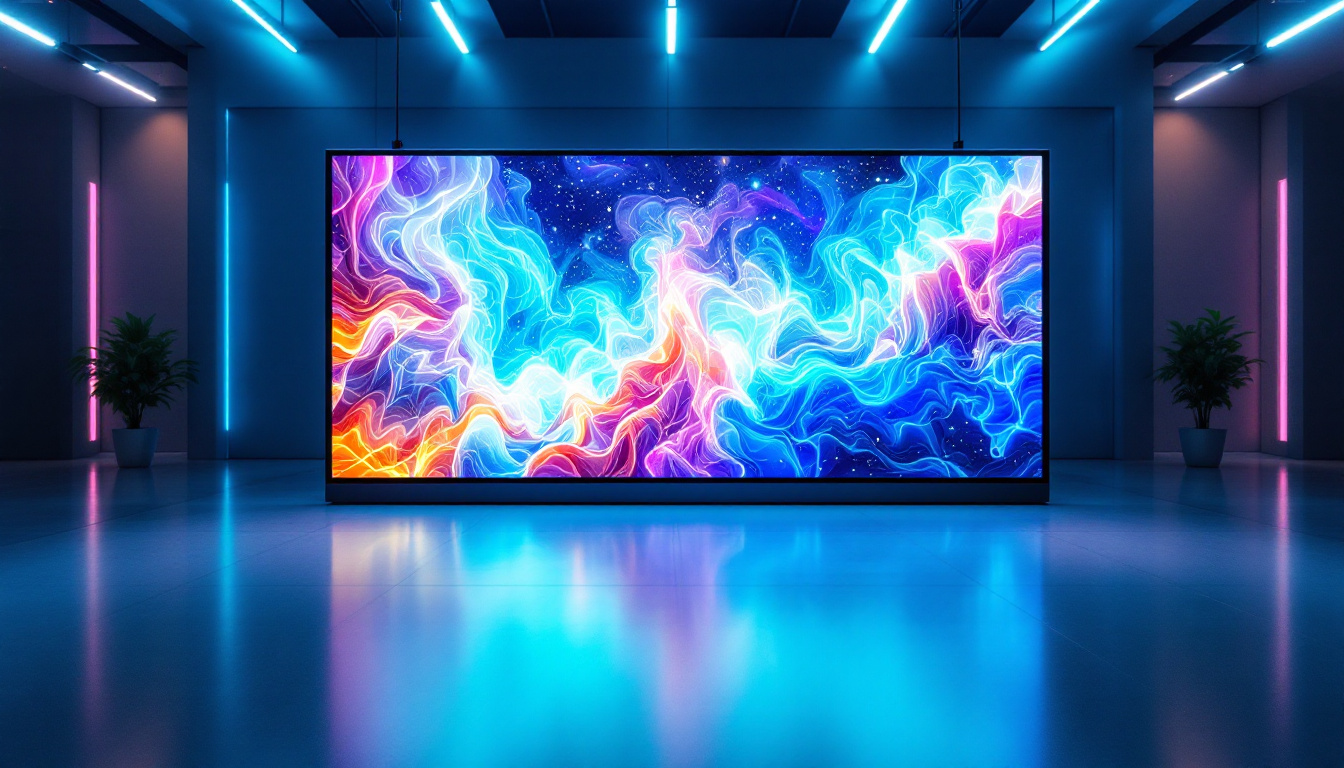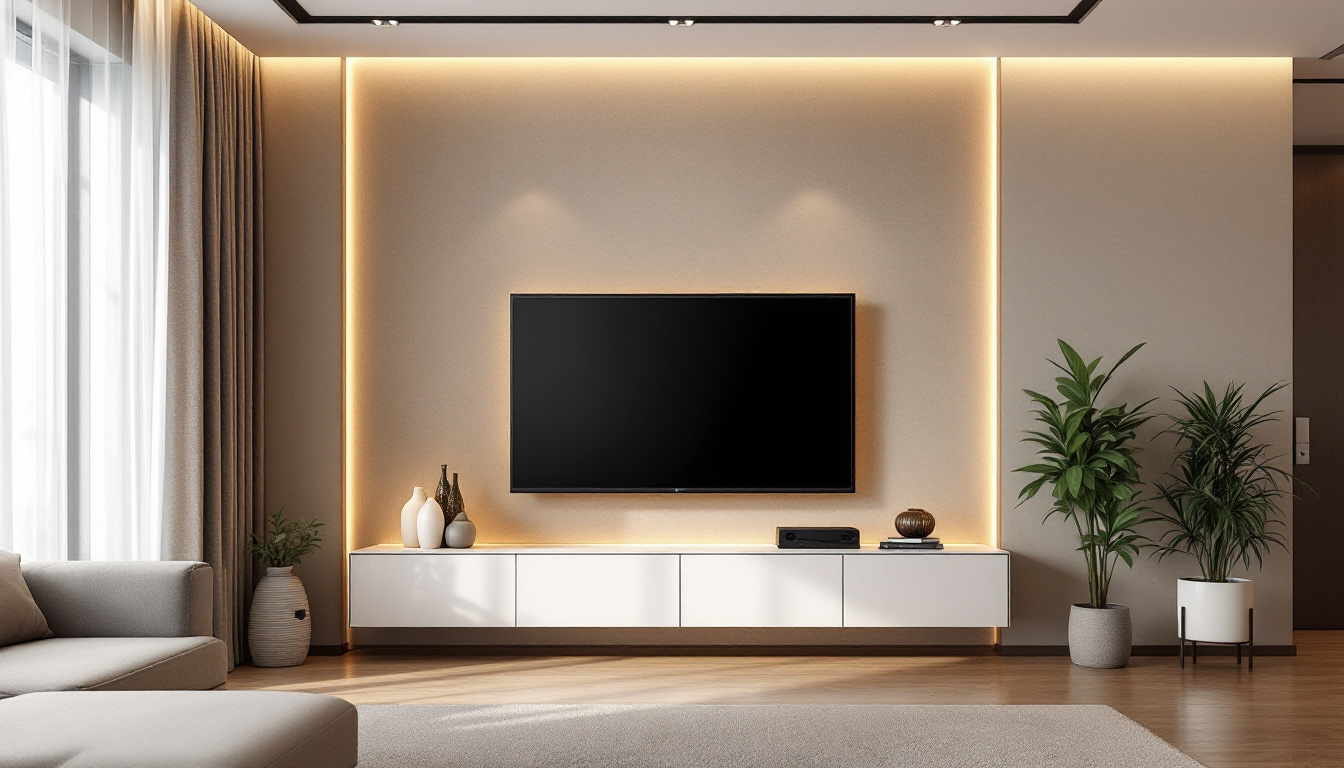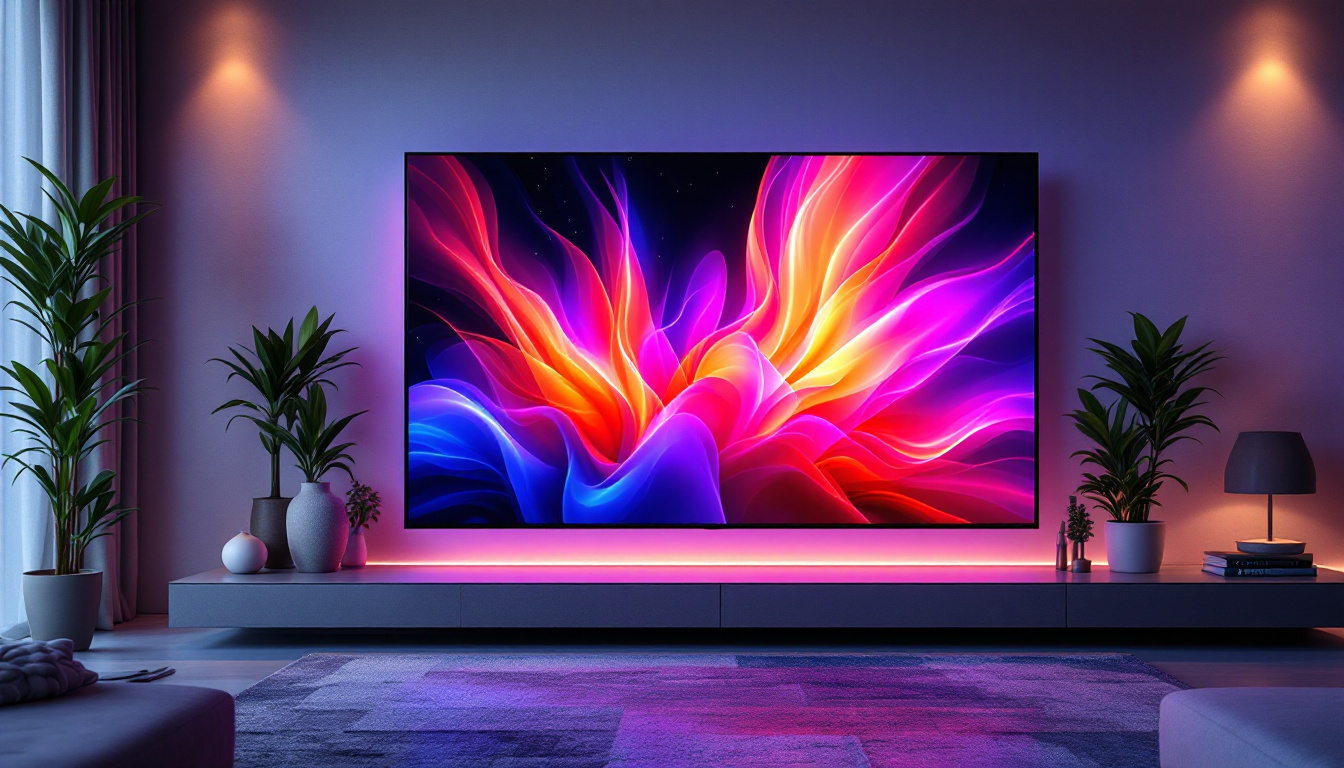In the world of computer monitors, the choice between LCD and LED displays can be quite confusing for consumers. Both technologies have their unique advantages and disadvantages, and understanding these differences is crucial for making an informed purchasing decision. This article delves into the intricacies of LCD and LED monitors, exploring their features, benefits, and the best use cases for each.
Understanding LCD Technology
LCD, or Liquid Crystal Display, has been a staple in the monitor market for many years. This technology utilizes liquid crystals sandwiched between two layers of glass or plastic. When an electric current passes through the liquid crystals, they align in such a way that allows light to pass through, creating images on the screen.
How LCD Works
At the core of an LCD monitor is the backlight, which is typically fluorescent. This backlight illuminates the liquid crystals, allowing them to display images. The combination of the backlight and the liquid crystals results in a vibrant and clear picture. However, the quality of the image can be affected by the type of backlighting used, as well as the quality of the liquid crystals themselves.
One of the primary advantages of LCD technology is its ability to produce sharp images with high resolution. This makes LCD monitors ideal for tasks that require precision, such as graphic design and photo editing. Additionally, LCD monitors tend to be lighter and thinner than older CRT monitors, making them more convenient for home and office use.
Advantages of LCD Monitors
LCD monitors offer several benefits that make them appealing to consumers. One of the most significant advantages is their energy efficiency. Compared to traditional CRT monitors, LCDs consume less power, which can lead to lower electricity bills over time.
Moreover, LCD monitors are less prone to screen burn-in, a problem often associated with older display technologies. This means that users can enjoy a consistent viewing experience without worrying about ghost images lingering on the screen.
In addition to energy efficiency, LCD technology has evolved to include various enhancements that improve user experience. For instance, many modern LCDs come equipped with features such as anti-glare coatings and adjustable stands, allowing users to customize their viewing angles and reduce reflections from ambient light. Furthermore, advancements in color accuracy and contrast ratios have made it possible for LCD monitors to deliver stunning visuals that are suitable for both casual viewing and professional applications. This versatility has contributed to the widespread adoption of LCD technology across various industries, from gaming to medical imaging.
Another noteworthy aspect of LCD technology is its adaptability to different environments. Manufacturers have developed specialized LCD screens that cater to specific needs, such as outdoor displays that can withstand harsh weather conditions or ultra-thin models designed for sleek, modern aesthetics. This adaptability not only broadens the market for LCD monitors but also ensures that users can find a display that perfectly fits their requirements, whether for personal use or in a corporate setting.
Exploring LED Technology
LED, or Light Emitting Diode, monitors are often discussed in conjunction with LCD technology, as they are essentially an evolution of LCD displays. While LED monitors still use liquid crystals to create images, they differ in their backlighting technology. Instead of traditional fluorescent backlights, LED monitors utilize light-emitting diodes, which provide several advantages.
How LED Works
LED monitors can be categorized into two types: edge-lit and full-array. Edge-lit LED monitors have LEDs positioned along the edges of the screen, while full-array monitors have a grid of LEDs behind the entire display. This difference in configuration significantly impacts the monitor’s brightness, contrast, and overall image quality.
One of the standout features of LED technology is its ability to produce deeper blacks and more vibrant colors. This is largely due to the precise control of light emitted by the diodes, allowing for better contrast ratios and improved color accuracy. As a result, LED monitors are often favored for multimedia applications, such as gaming and video editing.
Advantages of LED Monitors
LED monitors offer several advantages over traditional LCDs, making them a popular choice among consumers. One of the most notable benefits is their superior energy efficiency. LED technology consumes significantly less power than traditional LCDs, which can lead to substantial savings over time.
In addition to energy savings, LED monitors also boast longer lifespans. The diodes used in LED displays can last much longer than fluorescent backlights, providing users with a more durable and reliable product. Furthermore, LED monitors tend to be thinner and lighter, making them easier to mount and transport.
Comparing LCD and LED Monitors
When considering the differences between LCD and LED monitors, it’s essential to evaluate various factors, including image quality, energy efficiency, and cost. Each of these elements plays a crucial role in determining which type of monitor is best suited for specific needs.
Image Quality
Image quality is often the most critical factor for consumers when choosing a monitor. While both LCD and LED monitors can deliver excellent image quality, LED monitors generally have the edge due to their superior contrast ratios and color accuracy. The ability of LED technology to produce deeper blacks and brighter whites results in a more dynamic and visually appealing experience.
However, it’s important to note that not all LED monitors are created equal. The quality of the panel and the technology used can vary significantly between different models. Therefore, it’s advisable to research specific monitors and read reviews to find the best option for your needs.
Energy Efficiency
energy efficiency is another critical consideration. LED monitors are typically more energy-efficient than LCD monitors, which can lead to lower electricity costs over time. This is particularly important for users who spend extended periods in front of their screens, as the cumulative energy savings can be substantial.
In addition to lower energy consumption, LED monitors also generate less heat, which can contribute to a more comfortable working environment. This is especially beneficial in settings where multiple monitors are used, as it can help reduce the overall temperature of the workspace.
Cost Considerations
Cost is often a deciding factor for consumers when purchasing a monitor. Generally, LED monitors tend to be more expensive than traditional LCD monitors due to their advanced technology and superior performance. However, the price difference can be justified by the benefits they offer, such as better image quality, energy efficiency, and longer lifespans.
For those on a budget, LCD monitors can still provide a satisfactory viewing experience, particularly for everyday tasks such as web browsing and office work. Ultimately, the decision should be based on individual needs and preferences, as well as the intended use of the monitor.
Use Cases for LCD and LED Monitors
Understanding the specific use cases for LCD and LED monitors can help consumers make a more informed decision. Each type of monitor has its strengths, making them better suited for different applications.
Best Uses for LCD Monitors
LCD monitors are an excellent choice for users who primarily engage in tasks that do not require high-end graphics or color accuracy. Office work, web browsing, and basic multimedia consumption are all well-suited for LCD displays. Their affordability and energy efficiency make them a practical option for everyday use.
Additionally, LCD monitors can be a suitable choice for environments where multiple monitors are needed without breaking the bank. Their lower cost allows businesses to equip workstations with multiple displays without significantly impacting their budget.
Best Uses for LED Monitors
On the other hand, LED monitors excel in scenarios where image quality is paramount. Gamers, graphic designers, and video editors will benefit from the enhanced color accuracy and contrast ratios that LED technology provides. The vibrant visuals and deeper blacks make for a more immersive experience in gaming and multimedia applications.
Furthermore, LED monitors are ideal for professional environments where color precision is critical, such as photography studios and design agencies. The ability to accurately reproduce colors ensures that the final product meets the highest standards.
Future Trends in Monitor Technology
The world of monitor technology is continuously evolving, with new advancements and innovations emerging regularly. As consumers become more discerning about their display choices, manufacturers are responding by developing monitors that cater to a wide range of needs and preferences.
Emerging Technologies
One of the most exciting developments in monitor technology is the rise of OLED (Organic Light Emitting Diode) displays. OLED technology offers even better contrast ratios and color accuracy than traditional LED monitors, making them a compelling alternative for high-end users. However, OLED monitors are currently more expensive and may not yet be suitable for all consumers.
Additionally, advancements in refresh rates and response times are making monitors more appealing to gamers. High refresh rates and low response times can significantly enhance the gaming experience, providing smoother visuals and reducing motion blur. As these technologies become more mainstream, consumers can expect to see even more options available in the market.
Environmental Considerations
As awareness of environmental issues grows, manufacturers are increasingly focusing on sustainability in their products. This includes using eco-friendly materials and reducing energy consumption. Consumers are becoming more conscious of their purchasing decisions, and the demand for energy-efficient and sustainable monitors is likely to increase in the coming years.
In conclusion, the choice between LCD and LED monitors ultimately depends on individual needs and preferences. Understanding the differences between the two technologies, as well as their respective advantages and disadvantages, can help consumers make informed decisions. Whether opting for a budget-friendly LCD monitor or a high-performance LED display, there is a wide range of options available to suit every requirement.
Discover the Future of Visual Display with LumenMatrix
Ready to elevate your visual experience with the latest in LED technology? Look no further than LumenMatrix, a pioneer in crafting immersive LED display modules for a multitude of applications. From vibrant Indoor and Outdoor LED Wall Displays to innovative solutions like Vehicle LED Displays, LED Posters, and even Custom LED Displays, LumenMatrix is at the forefront of revolutionizing visual communication. Embrace the power of LED and transform how you convey your message with clarity and impact. Check out LumenMatrix LED Display Solutions today and join the visual revolution.


